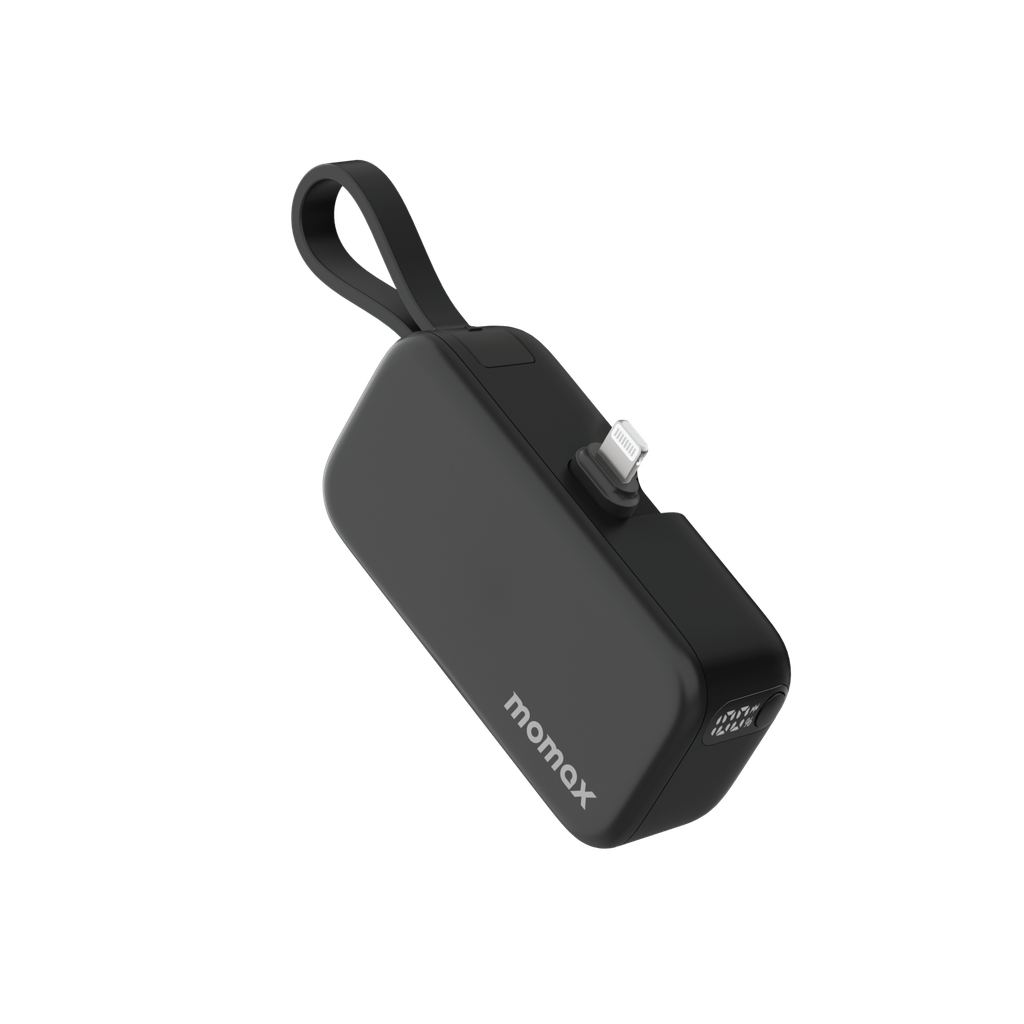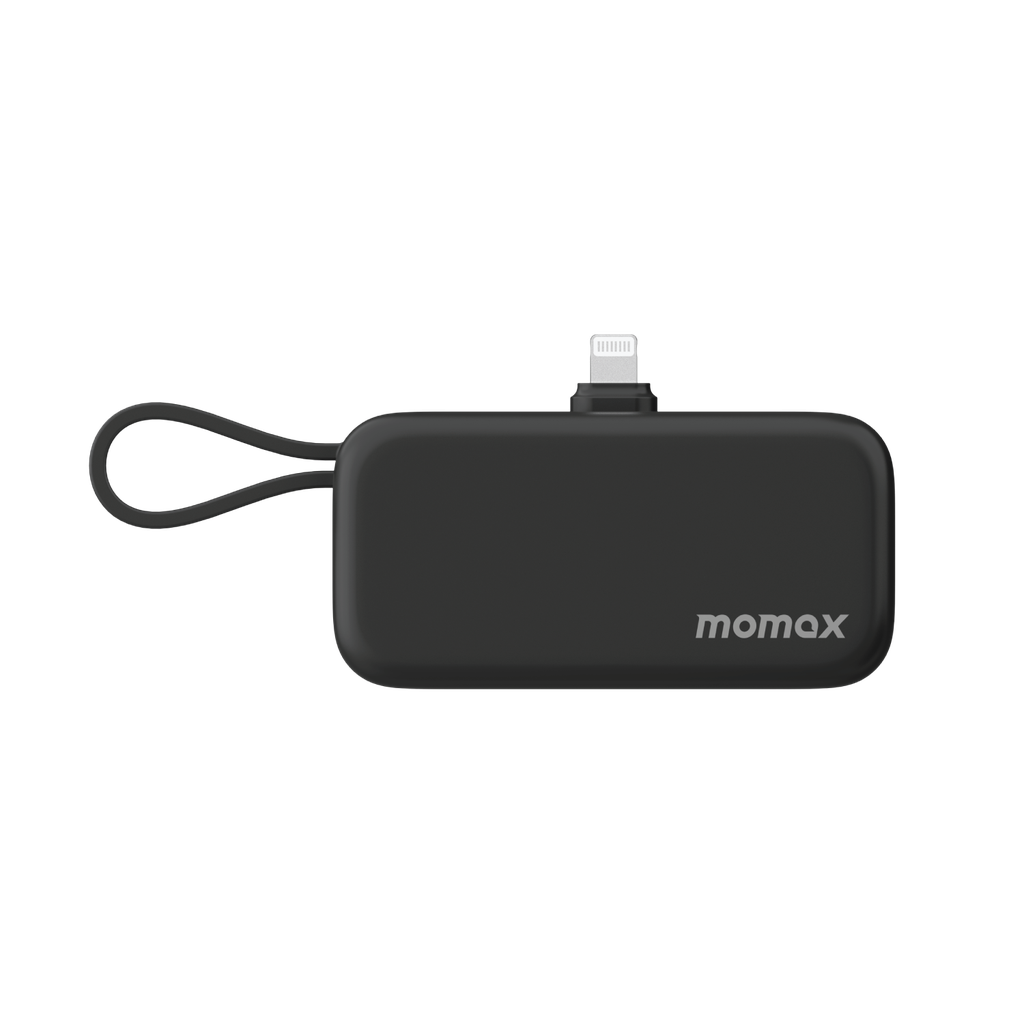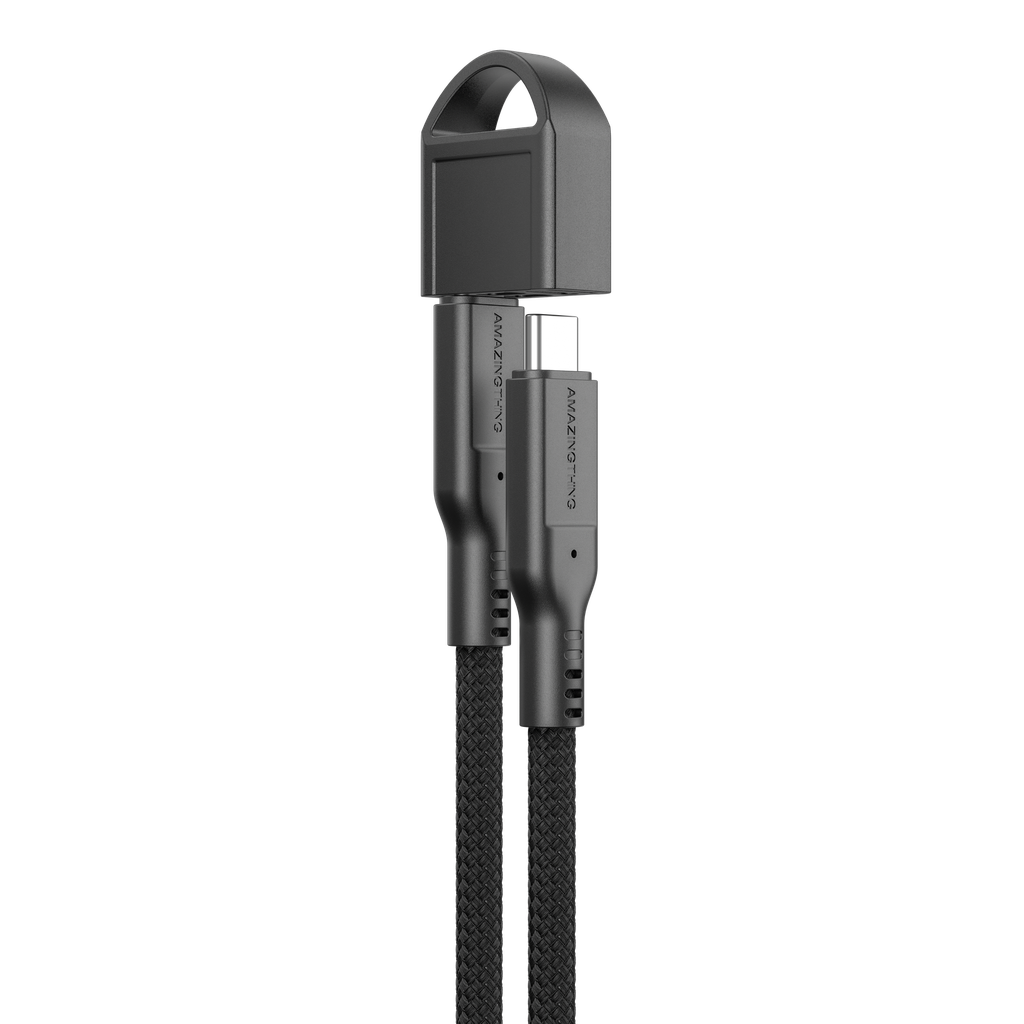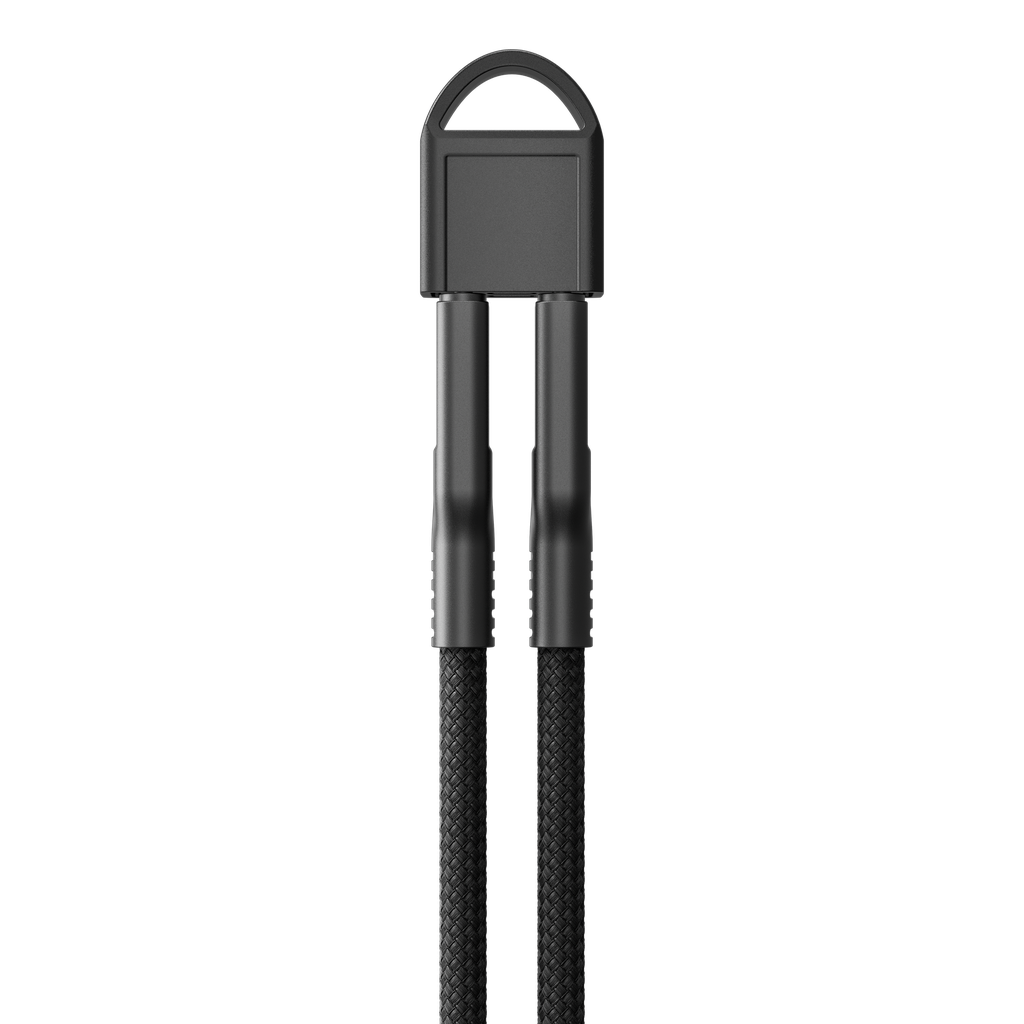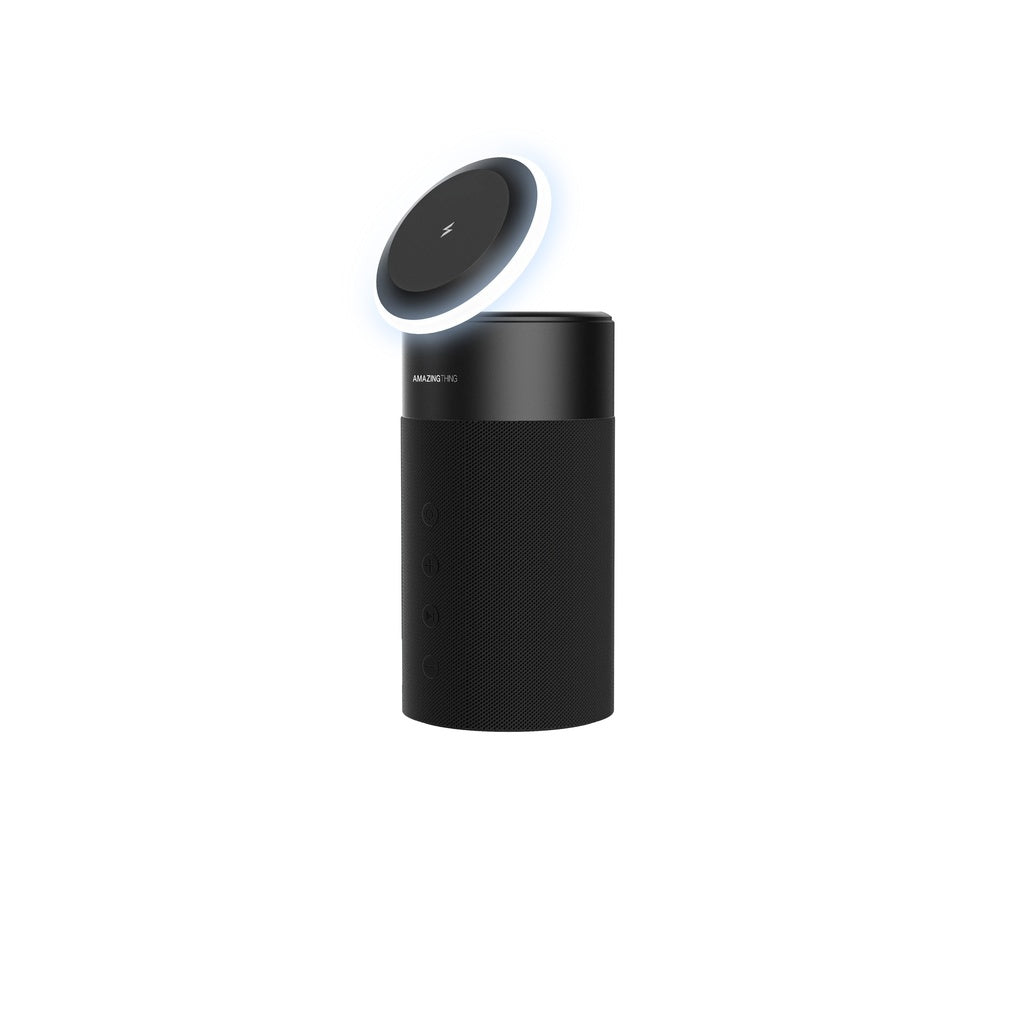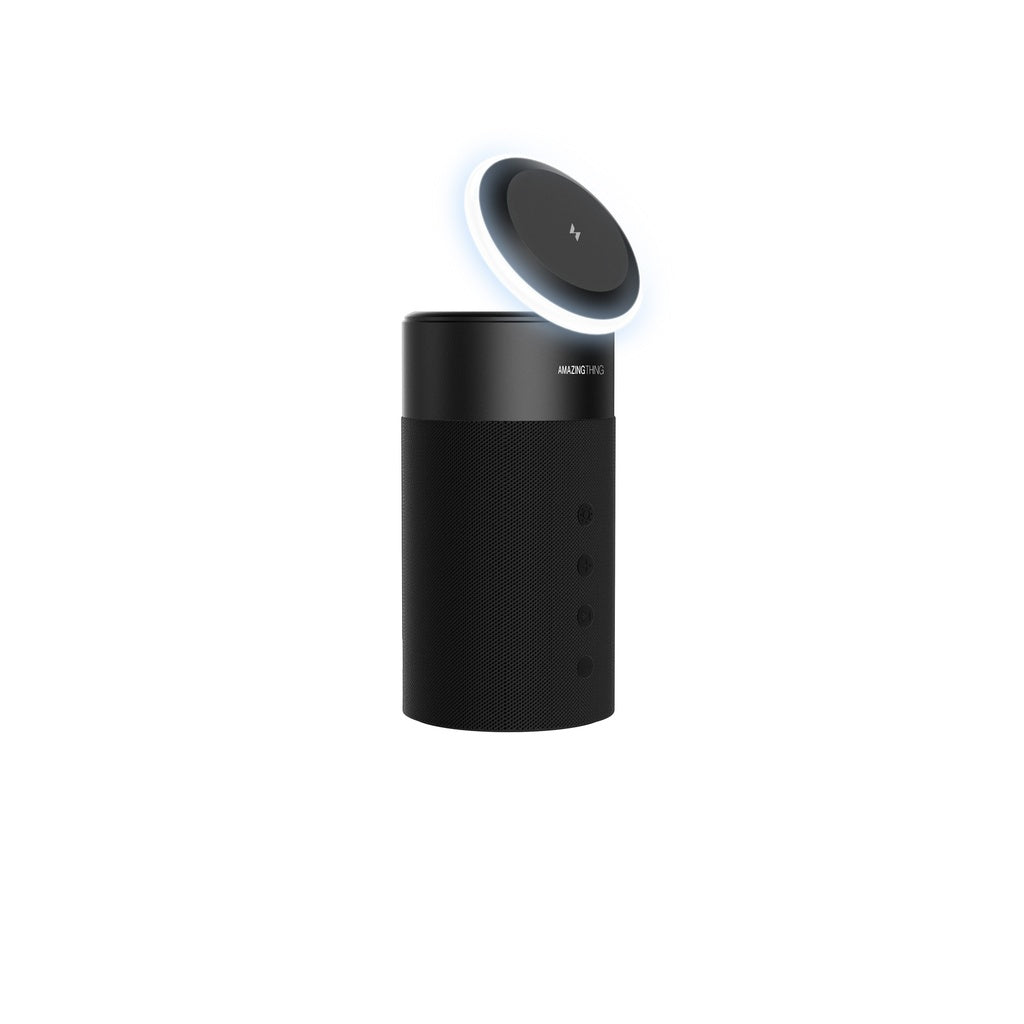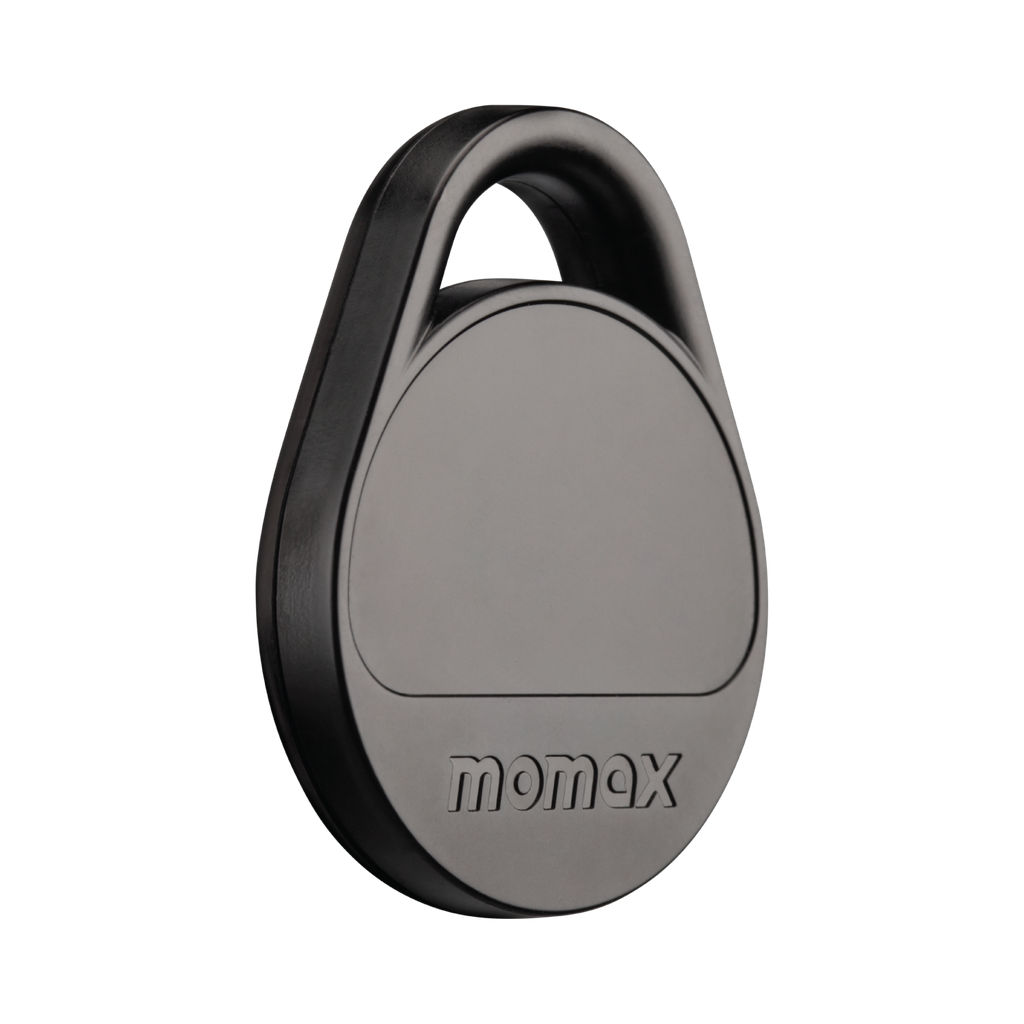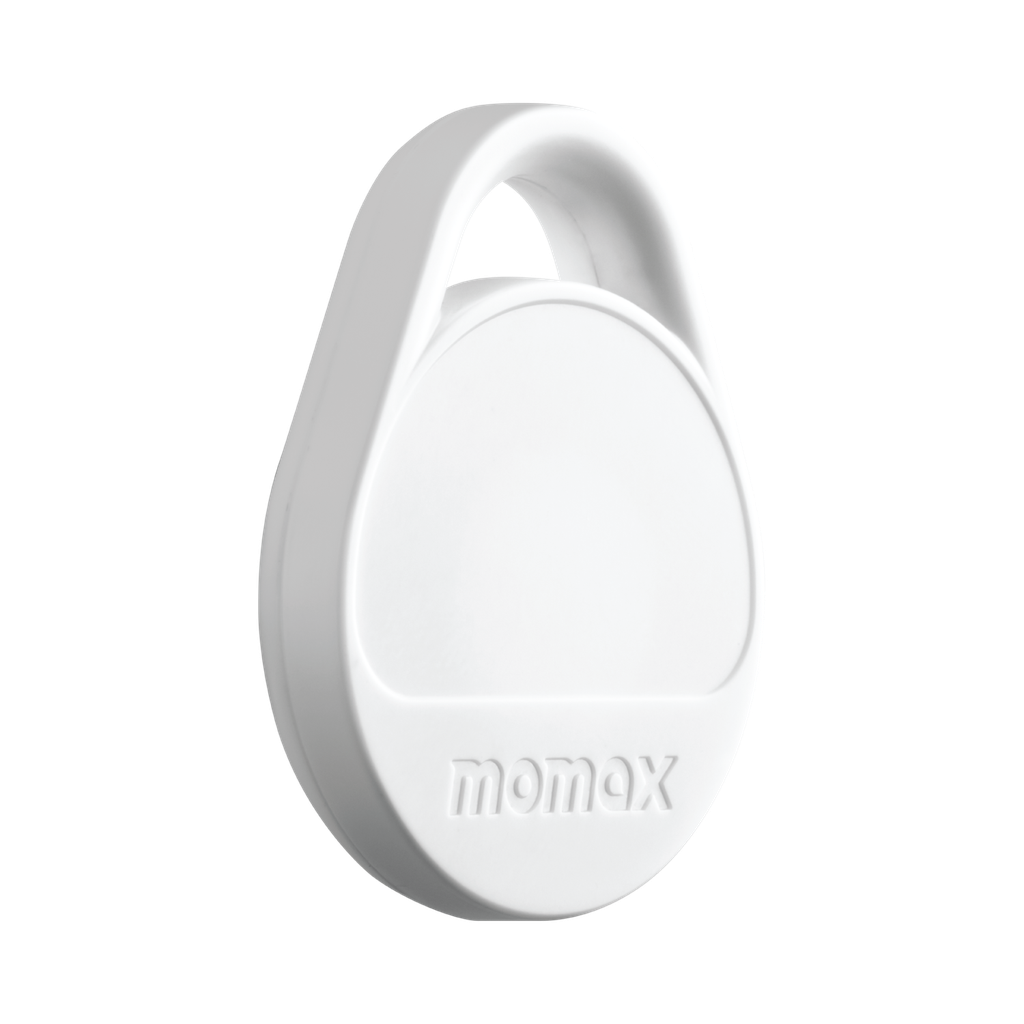Power banks use various types of batteries, each with its own characteristics. The most common types include:
1. Lithium-ion (Li-ion): These batteries are widely used due to their high energy density, lightweight, and relatively long lifespan. They're found in most power banks and are available in different capacities.
2. Lithium-polymer (LiPo): Similar to Li-ion but with a flexible, flat shape. LiPo batteries can be molded to fit specific designs, making them popular for slim and sleek power banks.
3. Nickel-metal hydride (NiMH): NiMH batteries offer good energy density and are less prone to overheating compared to Li-ion, but they are heavier and have a lower capacity. They're less common in power banks now due to advancements in Li-ion technology.
4. Lead-acid: Rarely used in portable power banks due to their heavy weight and large size. They're mostly found in larger backup power systems.
5. Solid-state: A newer technology that promises higher energy density, longer lifespan, and improved safety. These batteries use solid electrolytes instead of liquid or gel, but they're still emerging and not widely available yet.
6. Graphene-based: Another emerging technology that aims to provide faster charging, longer lifespan, and higher energy density. These batteries use graphene as a conductor, but they're still in the research and development phase.
When choosing a power bank, it's important to consider the battery type, capacity, charging speed, and safety features that best suit your needs.
1. Lithium-ion (Li-ion): These batteries are widely used due to their high energy density, lightweight, and relatively long lifespan. They're found in most power banks and are available in different capacities.
2. Lithium-polymer (LiPo): Similar to Li-ion but with a flexible, flat shape. LiPo batteries can be molded to fit specific designs, making them popular for slim and sleek power banks.
3. Nickel-metal hydride (NiMH): NiMH batteries offer good energy density and are less prone to overheating compared to Li-ion, but they are heavier and have a lower capacity. They're less common in power banks now due to advancements in Li-ion technology.
4. Lead-acid: Rarely used in portable power banks due to their heavy weight and large size. They're mostly found in larger backup power systems.
5. Solid-state: A newer technology that promises higher energy density, longer lifespan, and improved safety. These batteries use solid electrolytes instead of liquid or gel, but they're still emerging and not widely available yet.
6. Graphene-based: Another emerging technology that aims to provide faster charging, longer lifespan, and higher energy density. These batteries use graphene as a conductor, but they're still in the research and development phase.
When choosing a power bank, it's important to consider the battery type, capacity, charging speed, and safety features that best suit your needs.

